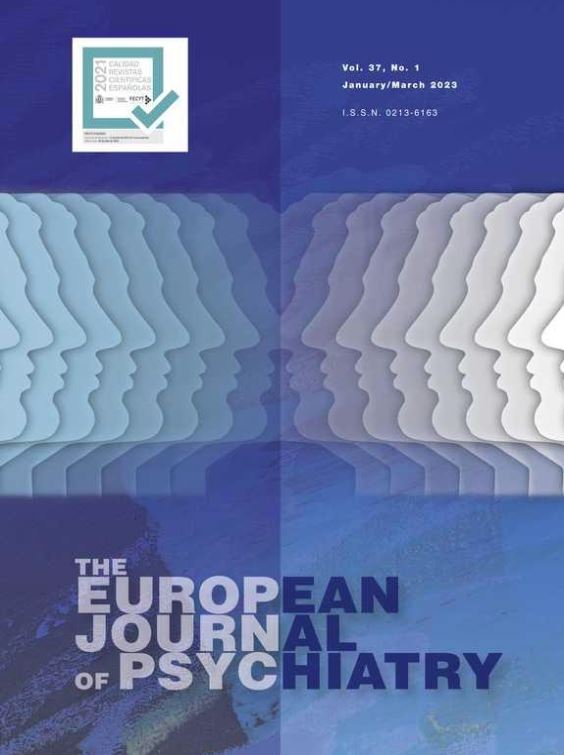Understanding the relationship between antipsychotic drugs (ATDs) use and schizophrenia (SCZ) is crucial. Thus, the objective is to explore the bidirectional causal relationship between ATDs use and SCZ via Two-Sample Mendelian Randomization (TSMR) analysis, aiming to offer new insights for the clinical treatment of SCZ.
MethodsWe employed data from Genome-Wide Association Studies (GWAS) and conducted TSMR analysis using the Inverse Variance Weighted (IVW) method. The results were evaluated using P-values, OR values, and 95% Confidence Intervals (95% CI) to assess the bidirectional causal relationship.
ResultsAt the genetic level, we found a bidirectional positive correlation between European ATDs use and SCZ [OR: 1.283, 95% CI: 1.136–1.449; P = 5.73E-05] and [OR: 1.130, 95% CI: 1.082–1.180; P = 4.27E-08]. East Asian ATDs use and SCZ also showed a positive correlation [OR: 1.174, 95% CI: 1.038–1.328; P = 0.011], while no significant causal relationship was found between East Asian SCZ and ATDs use [OR: 1.004, 95% CI: 0.999–1.009; P = 0.161]. Sensitivity analysis further supported the robustness and reliability of these findings.
ConclusionAt the genetic level, we found that European and East Asian ATDs use may increase the risk of developing SCZ. This can help in formulating clinical medication strategies, where more caution may be needed in deciding whether to prescribe ATDs to SCZ patients. Additionally, we discovered that European SCZ might increase ATDs use, whereas no such risk was found in East Asians.










